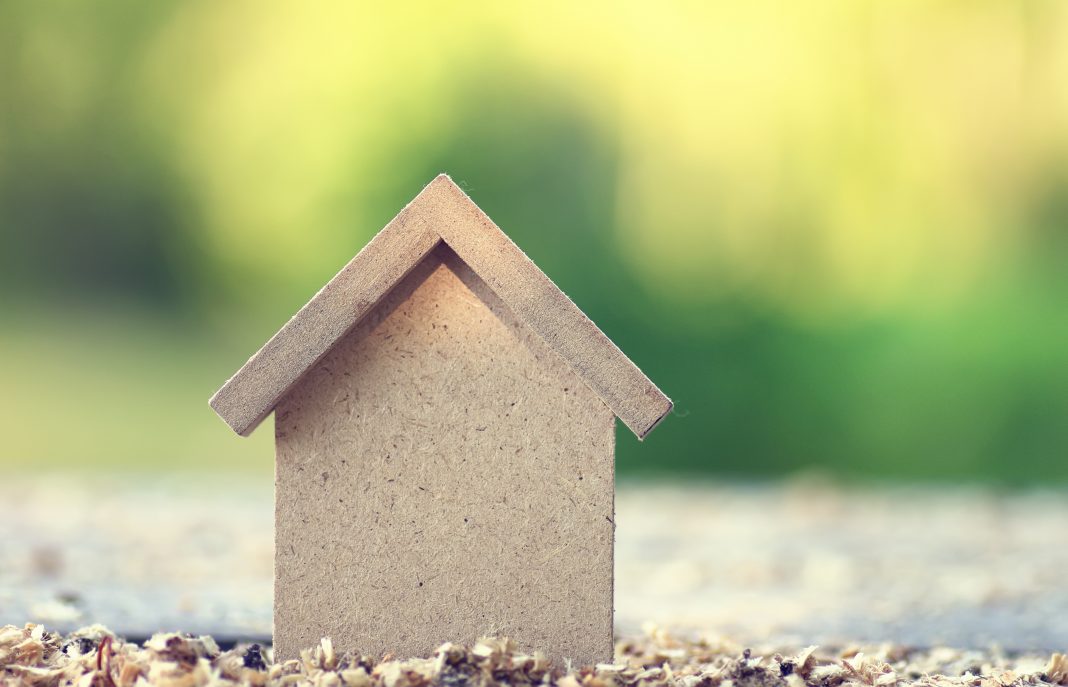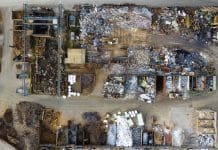The construction industry is responsible for consuming almost one-third of the total global energy consumption, but technological innovations have allowed them to develop sustainable practices. A spokesperson from UK Flat Roofing highlights the current and upcoming green technologies used to develop sustainable construction practices
Construction is an often demanding process that requires a large number of resources to complete – this depends on the scope of the project, but the materials, resources and professional management needed are greater other industries.
Thankfully, the advancement of technology allows for the diverse progression of sustainability within the construction industry.
Originally conceived in 1987, sustainable construction practices and other ideas surrounding this concept (such as green building, smart homes, etc.) were a popular topic as they visualized a future that delivered minimized harm to the environment.
Sustainable construction practices
This term defined the practice of using renewable and recyclable resources on future construction projects, with the ultimate goal of reducing energy consumption, production of toxic waste, and unnecessary use of non-sustainable materials. This, overall, decreases the construction industry’s significant and negative impact on the environment.
Fortunately, the continuous development of green technologies have allowed various construction projects to execute these sustainable practices easily. Sustainability has been making waves across multiple industries as well.
Around 78% of all employees across the UK have been reported to favour companies with an ethical policy and reputation regarding environmental consideration, than to receive a higher salary (according to Constructing Excellence), highlighting the point that environmentalism goes further than the construction industry itself.
The importance of construction companies and projects adopting eco-conscious decisions is due to their heavy influence on the environment. In 2001, construction site and demolition waste were reported to have been 94 million tonnes in Britain alone. As of now, however, we can start to see the multitude of construction projects demonstrating ethical, environmental changes using evolving policies and technologies.
Types of green technology
Green technology refers to technology that concentrates on sustainable innovation, reducing its previous impact on the environment.
The field of green technology encompasses an occurring, evolving group of methods and materials that deliver sustainable benefits, from techniques for generating energy to non-toxic cleaning products.
-
Electric Vehicles
Electric vehicles are automobiles that are powered by electricity. These are considered “green technology” due to their alternative fuel consumption, and have low running costs due to containing less moving parts for maintenance, making them environmentally friendly.
It can cost less than £7.80 to fully charge an electric car from home, and can sometimes cost nothing in public charging stations.
Electric vehicles in construction have also been led by the development of small compact machines. This includes mini-excavators, small wheel loaders and dump trucks as a response to bigger cities looking to lower emissions and noise pollution from vehicle exhausts. There is hope that the development of these electric vehicles in construction can densely reduce emissions year-on-year.
2. Vertical Farming
Vertical farming is the method of farming food and produce on vertical, inclined surfaces. This is an alternative to traditional farming, where instead of a field or a greenhouse, this practice produces food in vertically stacked layers (similar to a skyscraper), utilizing space better and delivering more produce effectively.
3. Solar Panels
Solar panels are commonly green equipment that are used to capture the sun’s energy, converting the captured sunlight into electricity to use in your home or property. Installing solar panels allows you to generate renewable electricity without emitting harmful emissions onto the environment.
4. Wind Energy
Wind energy can also be used to generate renewable electricity by installing wind turbines, using the kinetic energy by air in motion. Wind turbines are the most common forms of devices that converts kinetic energy of wind into electrical energy.
Six types of technology that can drive sustainable construction
As it stands, there are multiple forms of green technology that the construction industry uses to deliver sustainable energy, reducing negative environmental impacts.
-
Biodegradable Materials
Biodegradable materials are materials that can be broken down by living organisms such as bacteria and fungi, leaving little to no contaminating substances behind them. This is a positive alternative to plastic which is currently classed as an item that cannot be broken down and is therefore harmful to natural life.
Waste from construction (and demolition) work covers a significant percentage of the total 400 million tonnes of waste produced in England and Wales, which include households and commercial establishments. Thankfully, the cyclical characteristics of natural processes of biodegradation are becoming a resource for new growth within construction.
There are a variety of biodegradable materials available that most construction projects are now using. Bamboo, for example, has been used due to its extremely rigid structure and is used mostly for scaffolding and building projects. The rising popularity of biodegradable materials is a reassuring sign that the construction industry is continuously improving its harmful practices, and will hopefully lead to a better world without climate change.
2. Green Roofs
Green roofs have become such a popular market in the UK due to their attractive design, but further from their looks, green roofs deliver sustainable benefits that allow homes to cut energy costs, improve energy performance and improve air quality in urban areas.
Currently, the UK green roof market is growing by 17% annually and is expected to grow continuously year on year, with London leading the number of green roof installations among the rest of the cities in the UK. Whilst the UK green roof market is growing, the majority of green roof installations occur mostly in London, with 42% coming from the capital of the UK.
3. Electrochromic Smart Glass
Electrochromic smart glass is an electronically tintable glass that’s commonly used for windows, skylights, facades and curtain walls, providing deep comfort for its occupants by maximizing accessibility to daylight and outdoor views, reducing energy consumption and delivering more design freedom.
Electrochromic glass also helps with external climatic conditions in this way, as it minimizes energy use by reducing heating capacities in winter, air conditioning in summer and reduces electrical lighting all year long, saving occupants money on energy bills along the way.
4. Super-Hydrophobic Cement
Super-hydrophobic cement, also known as “luminescent cement”, is produced by modifying the structure of the cement to allow it to absorb and reflect lights, making them a great and eco-conscious alternative to street lighting. According to Shropshire GOV, street lights on residential areas typically use a 35 watt lamp, while those on main roads use a 150 watt lamp.
At this time, luminescent cement is considered as an optimal solution to light up roads during the night, without the need for electrical equipment. This type of cement is seen to radiate up to 12 hours of light provided that there is enough sunlight to consume for a specific amount of time.
5. Cigarette Butt Bricks
Cigarette butt bricks are produced by incorporating cigarette butts into a mixture of materials used for brick production. This is considered a practical solution for the waste that cement bricks can often leave behind, in addition to the pollution that cigarette butts emit when disposed.
Cigarette butt bricks are also considered beneficial for construction as it helps lower the energy cost of firing, while aiding in disposing the harmful cigarette butts.
An analysis by RMIT University has found that if just 2.5% of global construction companies incorporated 1% of cigarette butts into their brick production, it would be enough to leave a lasting impact on cigarette production each year.
6. Plasma Rocks
Plasma rocks are a synthetic material that’s made from recycled landfill waste. This was originally made by designer Inge Sluji, and utilizes 100% of recycled landfill waste to create this material.
At this time, plasma rocks have only been excavated from coastal landfill sites, such as the East Tilbury landfill, located in Essex, which was turned into decorative Tilbury tiles sold around the local town. Other items such as glass vases have also been made using plasma rock, highlighting their diversity in utility. Once more have been made, construction projects can use these materials for decorative purposes for home features such as walls and floors.














